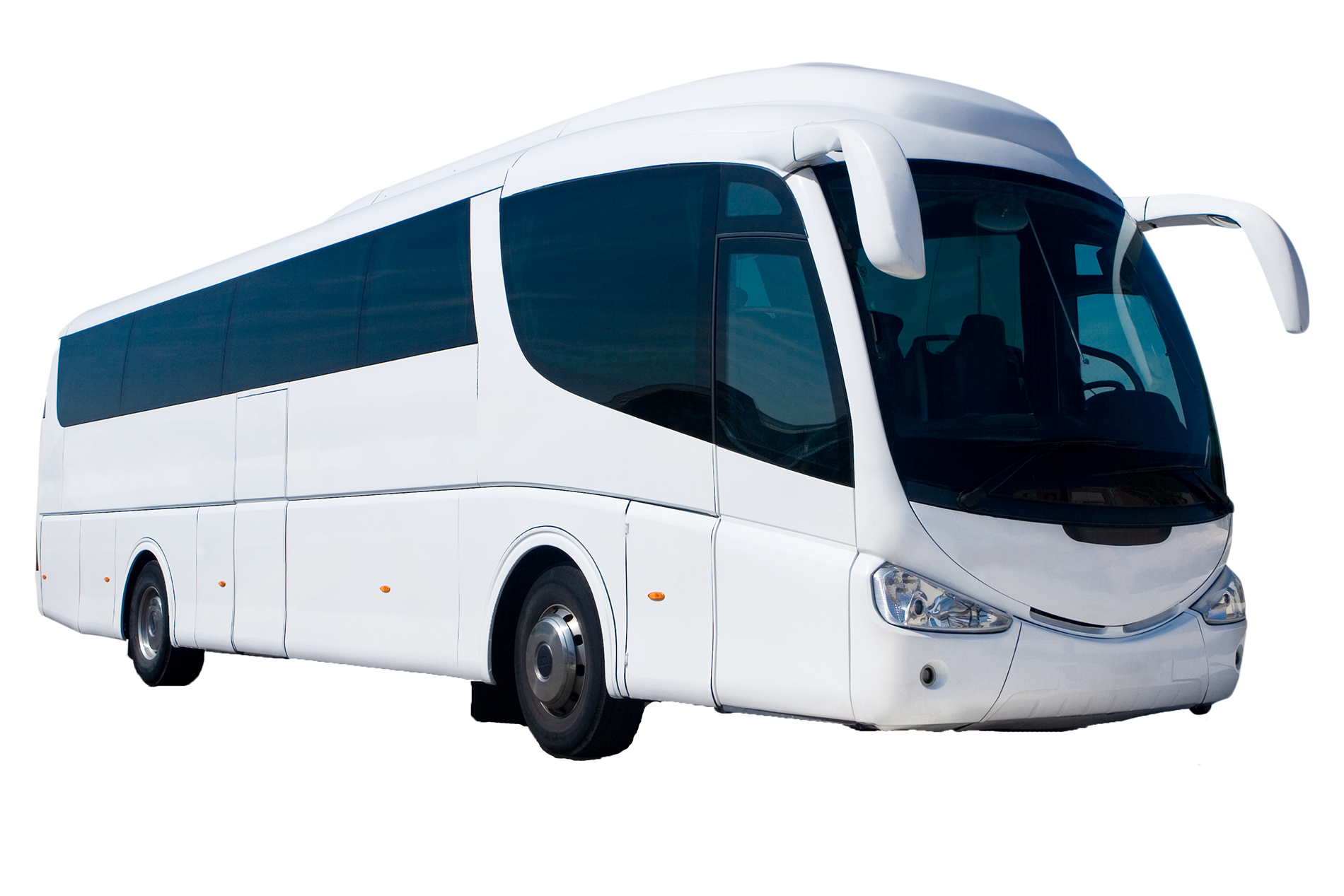
This image has format transparent PNG with resolution 1900x1267.
You can download this image in best resolution from this page and use it for design and web design.
Bus PNG with transparent background you can download for free, just click on download button.
A bus (contracted from omnibus, with variants multibus, motorbus, autobus, etc.) is a road vehicle designed to carry many passengers. Buses can have a capacity as high as 300 passengers. The most common type is the single-deck rigid bus, with larger loads carried by double-decker and articulated buses, and smaller loads carried by midibuses and minibuses while coaches are used for longer-distance services. Many types of buses, such as city transit buses and inter-city coaches, charge a fare. Other types, such as elementary or secondary school buses or shuttle buses within a post-secondary education campus do not charge a fare. In many jurisdictions, bus drivers require a special licence above and beyond a regular driver's licence.
Buses may be used for scheduled bus transport, scheduled coach transport, school transport, private hire, or tourism; promotional buses may be used for political campaigns and others are privately operated for a wide range of purposes, including rock and pop band tour vehicles.
Horse-drawn buses were used from the 1820s, followed by steam buses in the 1830s, and electric trolleybuses in 1882. The first internal combustion engine buses, or motor buses, were used in 1895. Recently, interest has been growing in hybrid electric buses, fuel cell buses, and electric buses, as well as buses powered by compressed natural gas or biodiesel. As of the 2010s, bus manufacturing is increasingly globalised, with the same designs appearing around the world.
Bus is a clipped form of the Latin adjectival form omnibus ("for all"), the dative plural of omnis-e ("all"). The theoretical full name is in French voiture omnibus ("vehicle for all"). The name originates from a mass-transport service started in 1823 by a French corn-mill owner named Stanislas Baudry in Richebourg, a suburb of Nantes. A by-product of his mill was hot water, and thus next to it he established a spa business. In order to encourage customers he started a horse-drawn transport service from the city centre of Nantes to his establishment. The first vehicles stopped in front of the shop of a hatter named Omnés, which displayed a large sign inscribed "Omnes Omnibus", a pun on his Latin-sounding surname, omnes being the male and female nominative, vocative and accusative form of the Latin adjective omnis-e ("all"), combined with omnibus, the dative plural form meaning "for all", thus giving his shop the name "Omnés for all", or "everything for everyone". His transport scheme was a huge success, although not as he had intended as most of his passengers did not visit his spa. He turned the transport service into his principal lucrative business venture and closed the mill and spa. Nantes citizens soon gave the nickname "omnibus" to the vehicle. Having invented the successful concept Baudry moved to Paris and launched the first omnibus service there in April 1828. A similar service was introduced in London in 1829.
Formats include single-decker bus, double-decker bus (both usually with a rigid chassis) and articulated bus (or 'bendy-bus') the prevalence of which varies from country to country. High-capacity bi-articulated buses are also manufactured, and passenger-carrying trailers—either towed behind a rigid bus (a bus trailer) or hauled as a trailer by a truck (a trailer bus). Smaller midibuses have a lower capacity and open-top buses are typically used for leisure purposes. In many new fleets, particularly in local transit systems, a shift to low-floor buses is occurring, primarily for easier accessibility. Coaches are designed for longer-distance travel and are typically fitted with individual high-backed reclining seats, seat belts, toilets, and audio-visual entertainment systems, and can operate at higher speeds with more capacity for luggage. Coaches may be single- or double-deckers, articulated, and often include a separate luggage compartment under the passenger floor. Guided buses are fitted with technology to allow them to run in designated guideways, allowing the controlled alignment at bus stops and less space taken up by guided lanes than conventional roads or bus lanes.
Bus manufacturing may be by a single company (an integral manufacturer), or by one manufacturer's building a bus body over a chassis produced by another manufacturer.
In this gallery you can download free PNG images: Bus PNG images free download